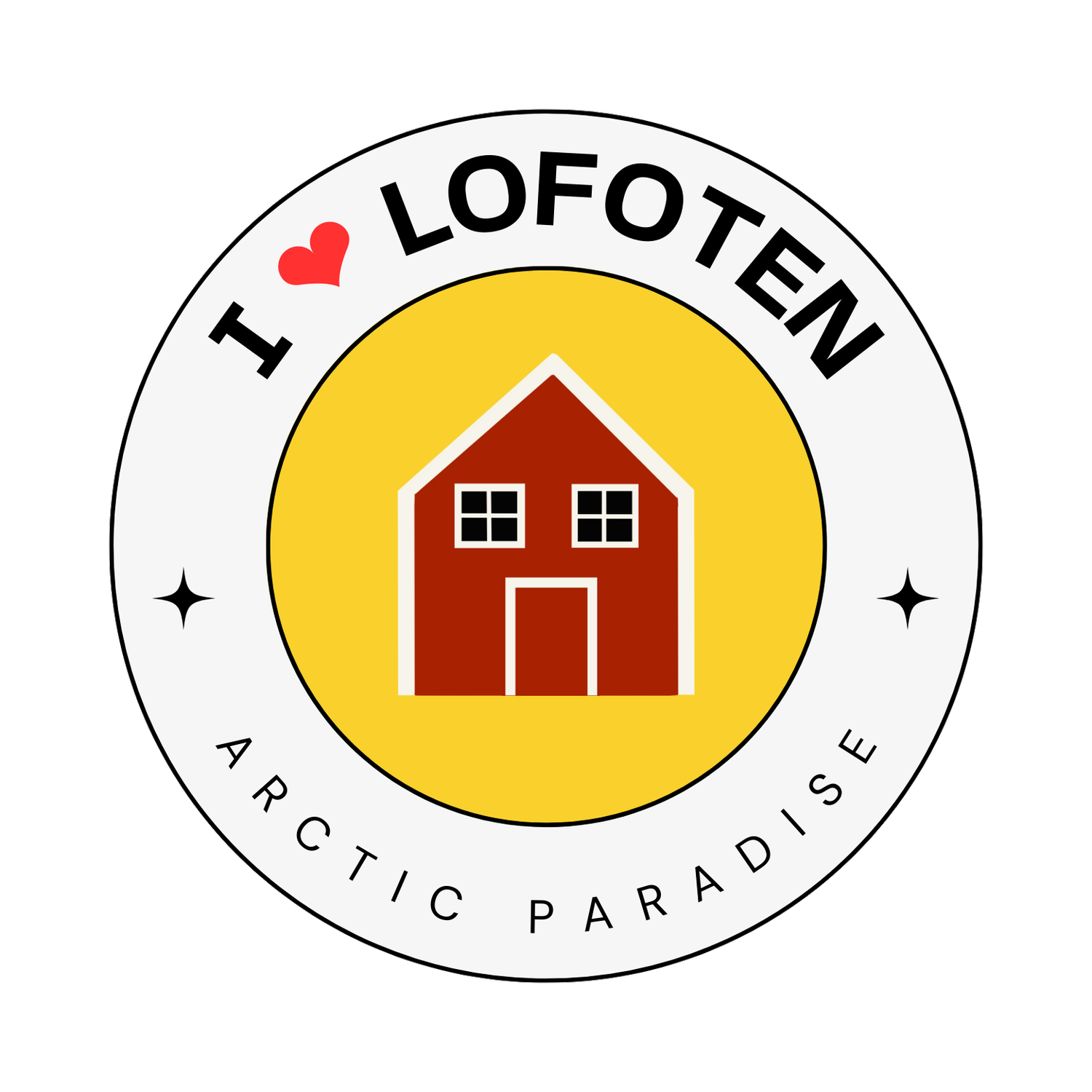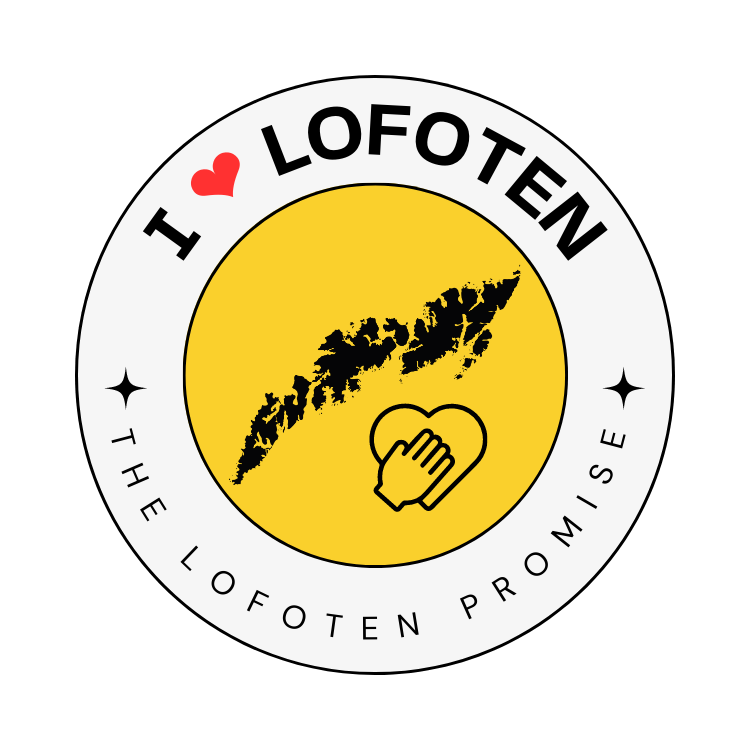
Camping in Lofoten
Welcome to the Lofoten Islands, a haven for outdoor enthusiasts and nature lovers seeking an unforgettable camping experience. Camping in the Lofoten Islands offers the opportunity to immerse yourself in the breathtaking Arctic landscapes while enjoying the unique freedom of the "allemansretten" - the right to roam. However, it's essential to be aware of the restrictions and challenges that come with camping in this pristine region. In this guide, we'll provide you with essential information to make the most of your camping adventure in the Lofoten Islands.
Allemansretten
The Right to Roam
One of Norway's most remarkable aspects of camping is the "allemansretten" or the "right to roam." This ancient tradition allows visitors to camp temporarily on uncultivated land, giving you the freedom to pitch your tent and explore the natural wonders of Lofoten without limitations.
While the allemansretten allows for camping on uncultivated land, it's crucial to respect the restrictions and avoid camping on cultivated land. Farming is a vital aspect of life in Lofoten, and staying away from cultivated areas helps preserve the livelihood of local communities. It's important to note that the right to roam does not extend to "fenced land," which is privately owned. Additionally, it's essential to be aware that the term "fenced land" does not necessarily require physical fencing for the restrictions to apply.
The allemansretten is written into law here - specifically the Norwegian Outdoor Recreation Act 1957. The principal rules and regulations that come from that law are to ensure that the environment is not harmed and that the local way of life is not affected. It’s also important to know that the definition of ‘uncultivated land’ is important so that you know where you can wild camp. The Lofoten Outdoor Council has created a map that shows the location of restricted zones.
General Rules for Camping
Roadside camping
Do not park or camp along roads or in other areas where it may cause danger or inconvenience to others. Many of the pull-outs are actually passing places, not intended for parking, and many of the parking plazas along the E10 have time limits for parking. They’re designed for the lorry drivers delivering essential supplies into Lofoten to pull over and rest, not for camping. Remember that allemansretten applies to people camping, not to people parking mobile homes, vans, RV’s etc.
150 metres
You can camp in the countryside no closer than 150 metres to the nearest inhabited house or cabin.
Cultivated Land
It is crucial to clearly understand what falls under the category of "cultivated land." Cultivated land includes locations like farmyards, areas surrounding houses and cabins, tilled fields, hay meadows, cultivated pastures, young plantations, and other similar spaces where public access could significantly impede the owner or user.
Leave No Trace
Pack out what you pack in. Leaving no trace is something we wish we didn’t have to point out, but unfortunately, we’ve seen a lot of trash left at the roadside and in the wild, including toilet waste.
Use a Gas Stove
Consider using a gas stove to cook food and heat water rather than making a fire. If the ground is too dry, there’s a risk of wildfires; if it’s too wet, there’s still a chance of damaging vegetation. Designated fire pits can be found.
Wildlife
Do not disturb wildlife. You may inadvertently come across a fox den or a sleeping moose. Do not interfere with any wild animals.
Park4Night
We understand that this app is very useful for finding campsites, water services, waste disposal, electricity hook-ups etc., but please be aware that the locations highlighted on the app are user-generated, and therefore they may be illegal and unsafe.
Mistakes Happen
If you accidentally camp in an area where it’s not allowed and you’re called out on it by locals, the best course of action is to apologise and make plans to pack up and move along.
Camping and parking in a campervan just off the roadside are two distinct activities with different implications and considerations. While they might seem similar at first glance, there are crucial differences that travellers should be aware of, especially when exploring our natural landscapes and enjoying road trips in our Arctic paradise.
Camping
Camping typically involves setting up temporary accommodation in the great outdoors, away from designated campsites and urban areas. It often includes pitching tents, building campfires, and immersing oneself in nature. Camping enthusiasts seek to connect with the wilderness, enjoy outdoor activities, and experience a sense of adventure.
In many countries, camping is regulated by specific laws and regulations to protect the environment and maintain the natural beauty of the landscape. Some areas may require permits, while others may restrict campfires or specific camping zones to ensure minimal environmental impact. In Lofoten, there is allemansretten, which we’ve described, and there are designated camping areas which are highlighted in the map above.
Parking Just Off the Roadside in a Campervan
Parking in a campervan just off the roadside refers to stopping and spending the night in a motorhome or camper vehicle, with or without engaging in full camping activities. It often involves parking in laybys, rest areas, grass areas, or other non-designated spots near the roadside for convenience.
While this may seem practical and cost-effective for travellers, it can significantly affect the environment and road safety. Many countries have strict regulations against overnight parking outside designated areas due to potential environmental degradation, obstruction of traffic flow, and safety concerns. In Lofoten, signs are posted in the rest areas describing the maximum allowed length of stay. Pulling off the road can damage the ecosystem - for example, we have a lot of grass and moss that dates back a long time and is geologically significant. This plant life is vulnerable to damage and takes a long time to repair. There are a lot of campsites that can easily be found in Lofoten.
Understanding the Difference
It's important for travellers to recognize the difference between camping and parking in a campervan just off the roadside. Engaging in full camping activities requires respecting nature, following local regulations, and minimising environmental impact and the impact on the Lofoten residents' way of life. On the other hand, parking in a campervan just off the roadside must be done responsibly, adhering to traffic rules and designated parking areas to ensure safety and protect the surroundings.
In summary, while both camping and parking in a campervan offer unique travel experiences, travellers should be mindful of the distinctions between the two activities and abide by local laws and guidelines. By doing so, we can preserve the beauty of natural landscapes, respect local communities, and promote responsible tourism for the benefit of all.



